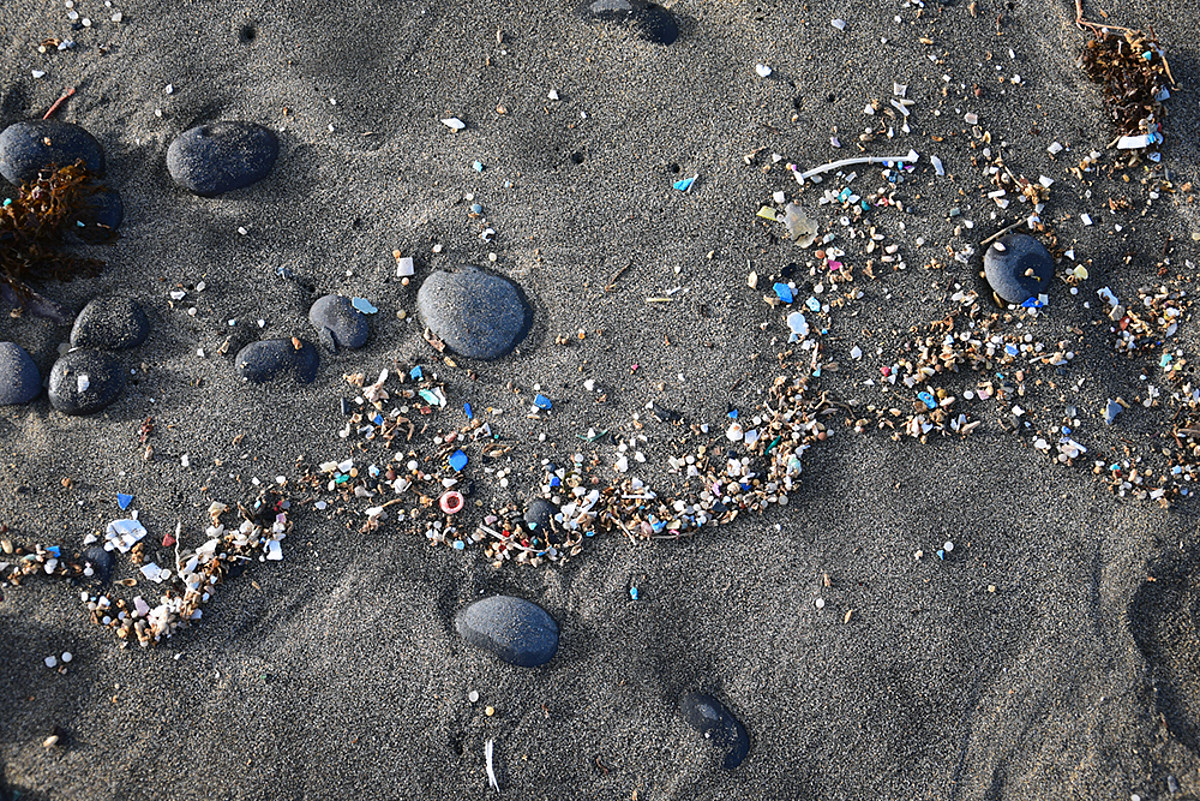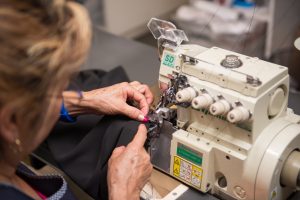Microplastics are dangerous forms of pollution. These plastic pieces are composed of tiny particles from synthetic fibers. There are many of them in oceans and other bodies of water. Not only are these microplastics dangerous to animals but also humans.
These tiny particles of plastic are suspended in the air, so humans can also inhale these. In addition, microplastics are also found in food and water.
Microplastics are created when plastic items such as clothes, bottles, and bags get damaged because of heat, UV light, wear and tear, and oxidation. One example where this happens is at your washing machine.
The video gives you a quick overview of what microplastics means:
Sources of Microplastics
1. Clothes
More than 50% of an average closet is plastic such as acrylic, spandex, rayon, nylon, polyesters, and other synthetic materials. These materials are around 60% of the materials used to make clothes.
These materials are commonly used because they are affordable, stretchy, long-lasting, and functional. Moreover, they can also be used in different weather conditions. Fast fashion brands like using synthetic fibers since they are more inexpensive compared to other materials such as cotton.
However, synthetic fibers also become a problem when they get in contact with a machine washing. It was discovered by scientists from the University of Plymouth that every washing machine cycle can release up to 700,000 microplastics into the water.
2. Beauty Products
Microbeads are tiny plastic beads in the facial wash and body scrubs of luxurious beauty and makeup products. These beads are designed to help in exfoliating the skin. However, after these beads are used, they get rinsed down and cause oceans and other water sources to be polluted.
Besides microbeads, discards from makeup, sanitary, and makeup items pose a problem when they get drained down the toilet. The waste goes to a landfill and breaks down there, which causes microplastics to be released.
3. Packaging
Plastic bottles and bags get broken down into smaller pieces in the environment. However, it takes around 500 years for plastic bottles to decompose completely.
It is hard to imagine the amount of plastic breaking down slowly and releasing microplastics. This makes the problem of plastic pollution worse and more challenging to resolve.




Average Rating